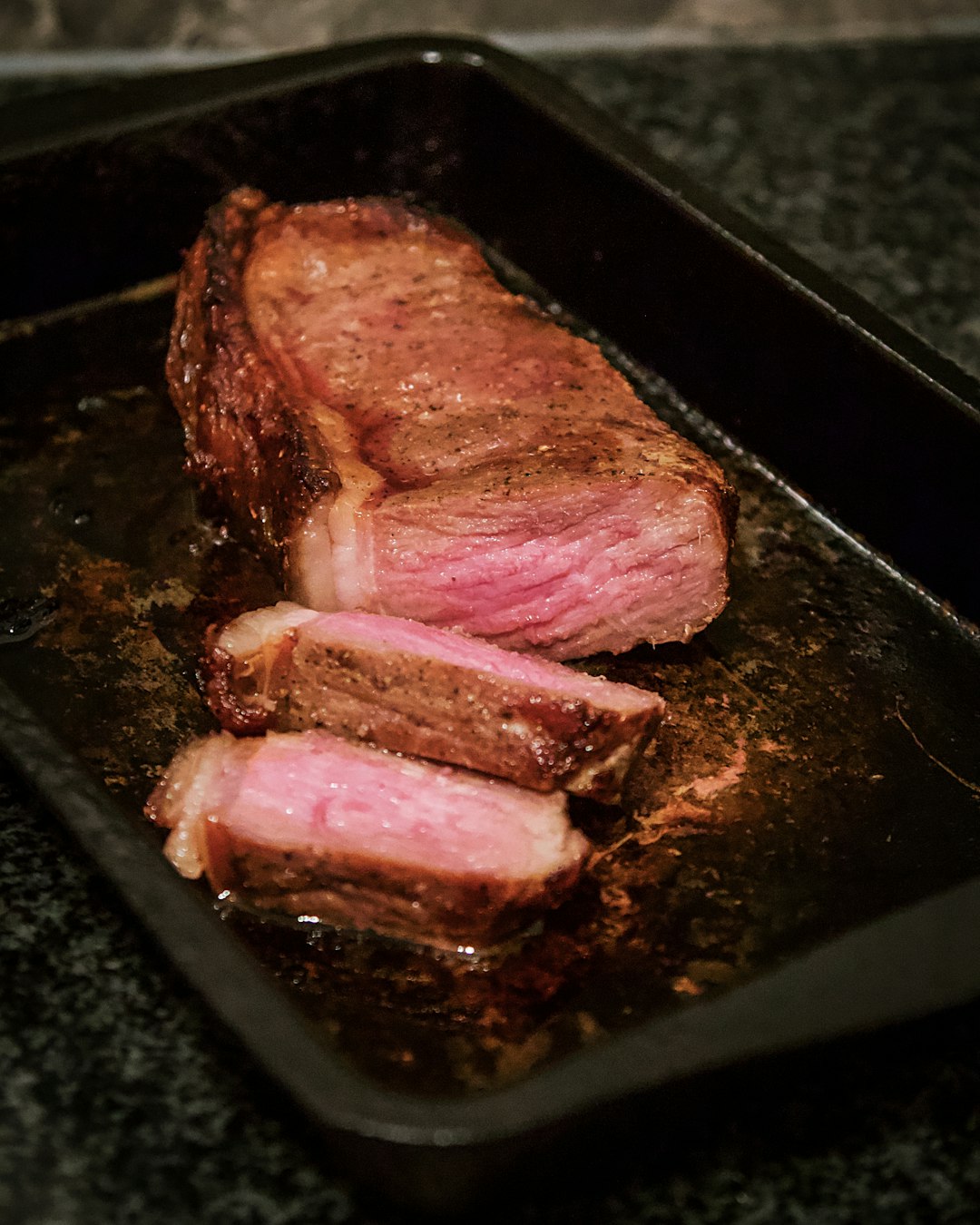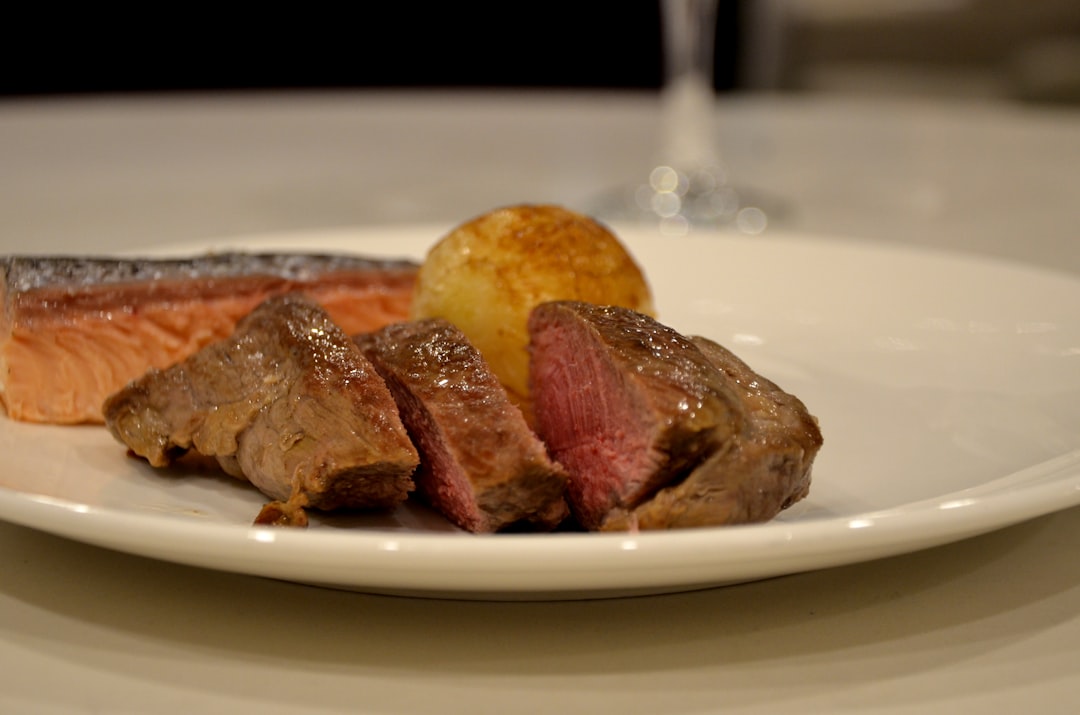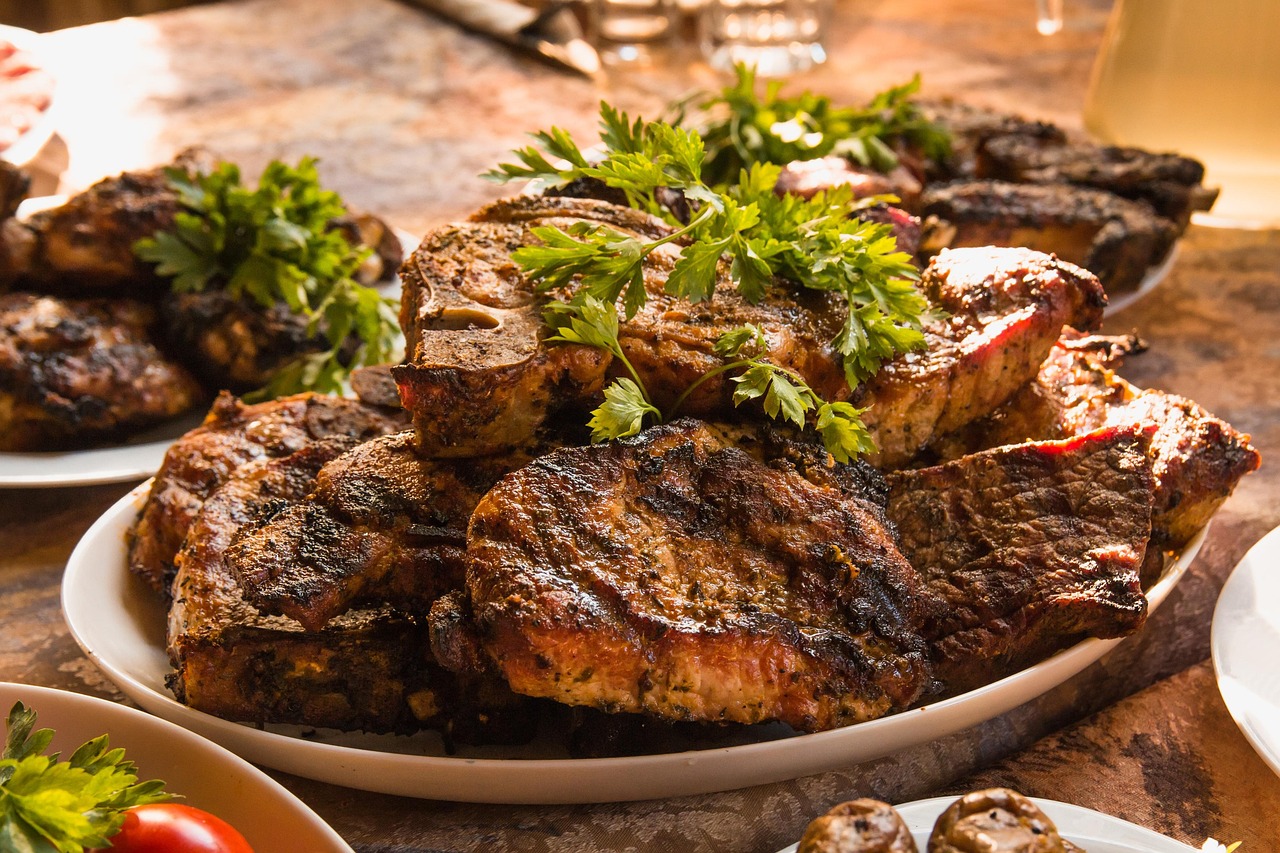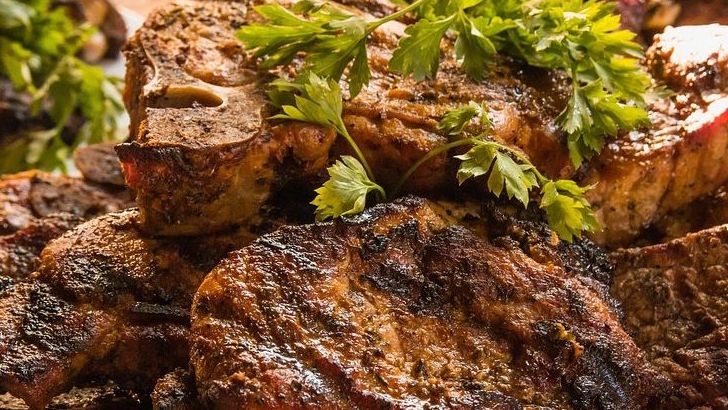Overcooking – The Temperature Terror That Destroys Everything

Overcooking expensive cuts is probably the most heartbreaking mistake you can make in the kitchen. Overcooking a steak is one of the quickest ways to turn great meat into a tough, dry, and flavorless disaster. This typically happens because of high heat or leaving the steak on the grill or pan for too long, causing it to lose its natural juices and tenderness.
Most importantly, it accelerates the breakdown or denaturation of proteins, causing the meat to be cooked. When you “overdo” this process, the meat naturally becomes course, brittle, and very untender. In other words, when you overcook a steak, it turns into a dry, chewy mess, and no one wants that. The science here is pretty brutal – once those proteins break down too much, there’s no going back.
Temperature control is absolutely critical. For a medium rare steak, the ideal temperature range is 130°F to 135°F (54°C to 57°C). Watching the temperature closely ensures you cook your steak perfectly and avoid overcooking. One of the best ways to avoid overcooking is to use a meat thermometer so you can pull it off the heat at just the right time. Don’t guess – invest in a good thermometer and actually use it.
Cutting Into Meat Too Soon – The Juice Robbery

Cutting into meat as soon as it’s off the heat causes the juices to run out, leaving your meat dry and less flavorful. Letting it rest allows the juices to redistribute throughout the meat, keeping it juicy and tender. This is one of those mistakes that seems harmless but completely ruins your expensive investment.
Think of resting as the final crucial step in your cooking process. After cooking, let the meat rest for 5-10 minutes (depending on size) before cutting into it. Cover it loosely with foil to keep it warm during the resting period. For steaks, a 5-minute rest is usually enough, while larger cuts like roasts may need 10-15 minutes.
It is important to let meat rest fully after cooking, as not only does the internal temperature continue to rise but the muscle fibers will be contracted from the cooking. During the resting phase, they gradually relax, making the meat more tender. That expensive filet mignon deserves those extra few minutes to become its best self. Patience pays off here in a big way.
Starting With Cold Pans – The Searing Sabotage

Starting with a cold pan causes food to cook unevenly, and it can also lead to sticking, especially with proteins like chicken or fish. You’ll miss out on the golden-brown crust that adds flavor and texture to your dish. When you’re working with premium cuts, that gorgeous sear isn’t just about looks – it’s about locking in flavor and creating texture contrast.
Always preheat your pan before adding oil or food. A properly heated pan ensures even cooking and prevents sticking. To test if your pan is hot enough, add a drop of water – if it sizzles and evaporates immediately, it’s ready. This simple test takes the guesswork out of proper preheating.
Professional chefs know that anything bone-in will also add flavor and that the right heat level creates magic. Pan-Searing uses a cast-iron skillet for best results. Get it really hot before adding your steak. Sear each side for a few minutes until you get a nice crust, then finish in the oven if needed. That initial blast of heat is what separates restaurant-quality results from amateur hour.
Poor Seasoning Strategy – Bland Expensive Disasters

The lack of it can leave your steak tasting bland and boring, especially if it doesn’t have much marbling or fat, and nobody wants that. Even the most expensive cuts need proper seasoning to reach their potential. You can’t just rely on the meat’s natural flavor to carry the entire dish.
Whether you’re marinating or not, at least make sure to salt the meat before cooking. Salt draws out moisture from inside the meat, concentrating the flavors and creating a natural brine. You know it’s working because the meat will take on a deeper, red color. Unlike marinades, you can salt your meat for up to 24 hours in advance. This is especially important with grass-fed beef and other lean cuts of meat.
For tougher expensive cuts like flank steak, Cuts like flank or skirt steak make excellent grilling steaks, but they’re so tough you won’t want to eat them without a little marinade action. Using acidic ingredients like lemon juice, vinegar or buttermilk not only add flavor but also break down tough proteins, giving the meat a “pre-cook” before it hits the grill. But be careful – Just make sure you don’t let it sit on the marinade for too long (30 minutes to two hours should be sufficient), or it’ll become soft and mushy. Timing matters here just as much as technique.






